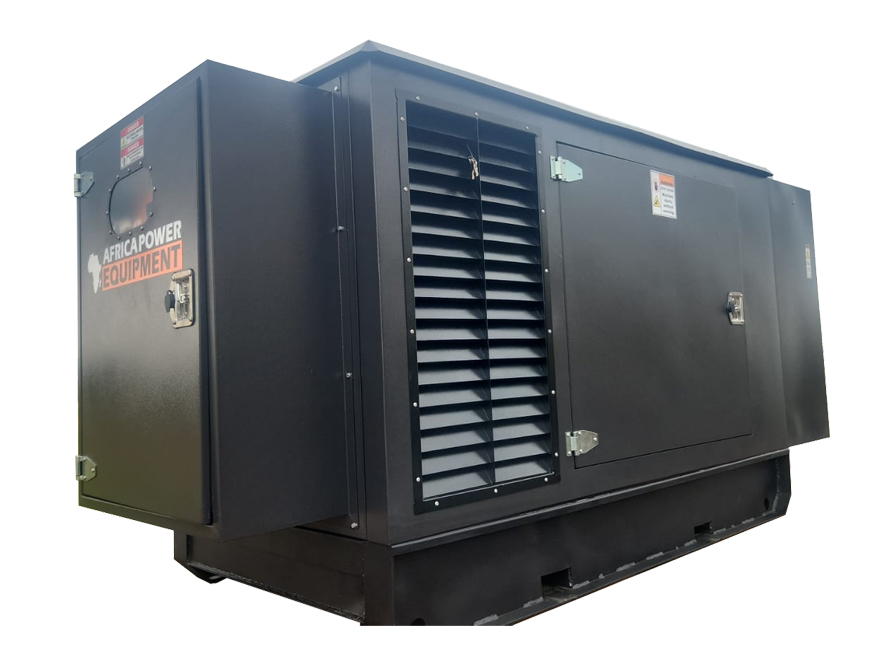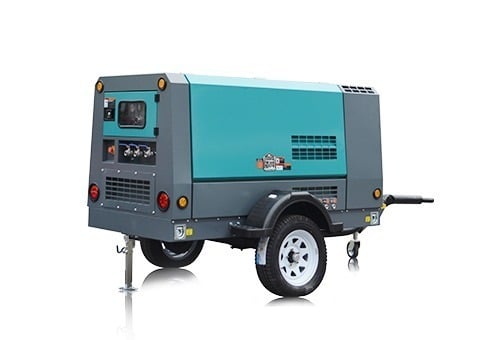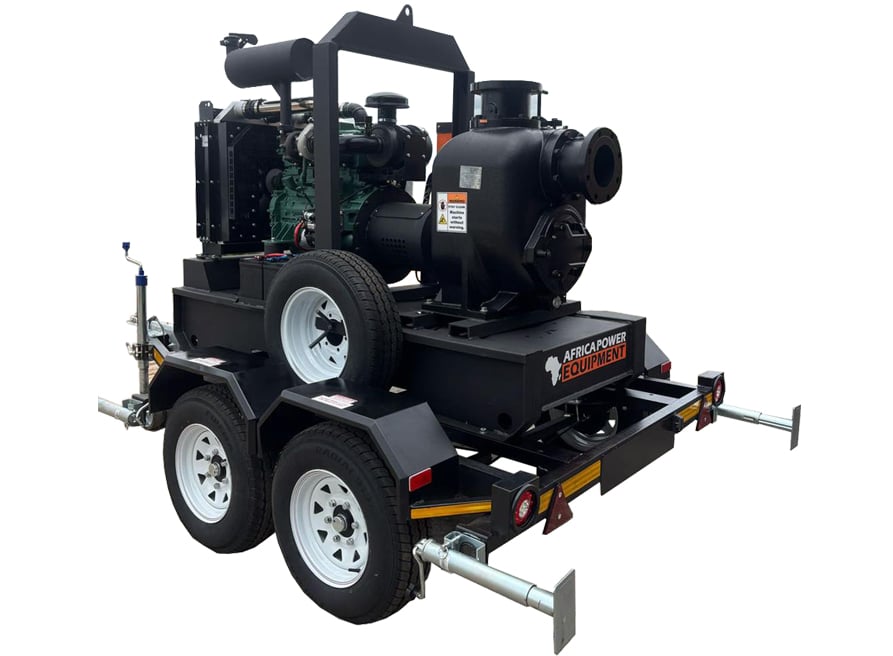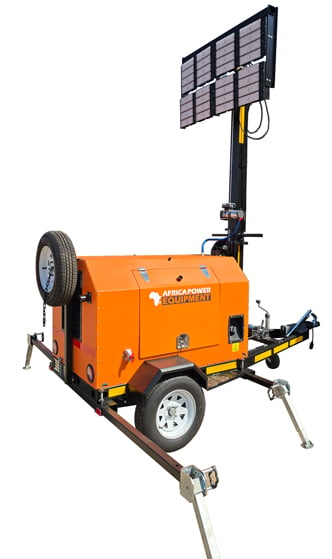Can a Water Pump Run Dry? Risks and Prevention Explained
Running a water pump without water—known as “dry running”—is one of the fastest ways to damage or destroy it. Whether it’s a borehole pump, booster pump, or centrifugal pump, these machines rely on water not just for pumping but also for cooling and lubrication.
In this article, we’ll explore what happens when a water pump runs dry, which pump types are most vulnerable, and how you can prevent this common but costly mistake.
⚠️ What Does “Running Dry” Mean?
Dry running occurs when a water pump operates without water in its inlet or impeller chamber. Since water is essential for cooling and lubricating internal components, operating without it causes extreme heat and friction.
🔥 What Are the Risks of Dry Running?
| Risk | Consequence |
|---|---|
| Overheating | Can warp or crack pump components |
| Seal Damage | Mechanical seals fail due to friction and no lubrication |
| Motor Burnout | Excessive heat overloads the electric motor |
| Impeller Damage | Friction causes wear or even meltdown of impeller |
| Cavitation | Vapor bubbles can collapse and pit metal surfaces |
📌 In extreme cases, the pump may become irreparably damaged within minutes.
💡 Which Pumps Are Most at Risk?
❌ High-Risk Pump Types
-
Centrifugal Pumps: Require water for priming and internal cooling
-
Booster Pumps: Rely on constant pressure and flow to function safely
-
Submersible Pumps: Designed to stay submerged; dry running causes quick burnout
✅ Safer Pump Options
-
Diaphragm Pumps: Can run dry temporarily without damage
-
Peristaltic Pumps: Use rollers and tubing, less susceptible to dry running
🔍 Signs Your Pump Has Run Dry
-
Loud screeching or grinding noises
-
Sudden drop in pressure or flow
-
Overheating smell or smoke
-
Tripped breaker or motor failure
-
Cracks or warping in the pump housing
🛡️ How to Prevent Dry Running
1. Use a Float Switch
Automatically shuts off the pump when water drops below a certain level. Essential for sump and submersible pumps.
2. Install a Pressure or Flow Sensor
Stops the pump when pressure or flow falls outside safe ranges.
3. Employ a Low-Water Cut-Off Relay
This safety device stops the pump motor when water is absent from the inlet.
4. Prime the Pump Properly
Always follow the manufacturer’s priming procedure before switching on.
5. Use a Foot Valve with a Strainer
This keeps the suction line filled and avoids air from entering.
🏠 Common Use Cases Where Dry Running Happens
-
Borehole pumps in dry seasons
-
Irrigation pumps in under-filled tanks or empty rivers
-
Rainwater harvesting systems with low tank levels
-
Booster pumps connected to unreliable municipal supply
🔗 Internal Links
📞 Final Thoughts
Dry running can turn an expensive pump into a paperweight in minutes. If you rely on water pumps for your home, farm, or industry, take steps to safeguard your investment with the proper accessories and automation.





